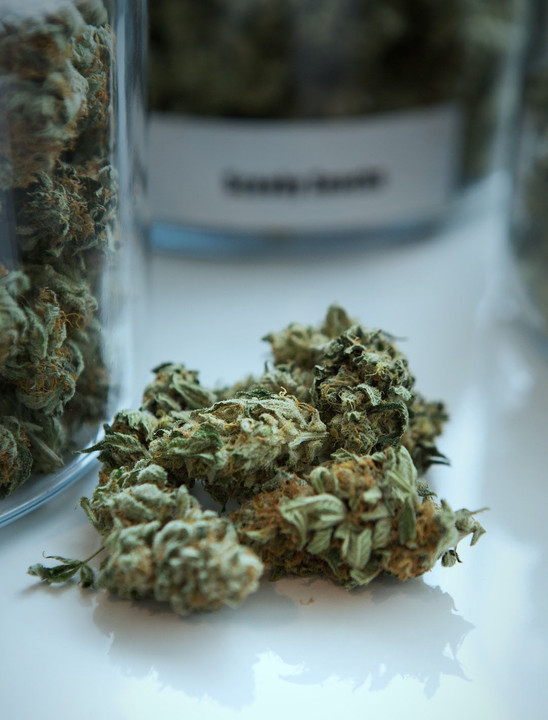What are the differences in sativa, indica, hybrid in cannabis strains
Sativa, Indica, and Hybrid are terms commonly used to classify different types of marijuana (cannabis) strains based on their genetic and physiological characteristics. However, it's important to note that these classifications have been debated within the scientific and cannabis communities, and the effects of strains can vary widely from person to person. Here are some general differences between Sativa, Indica, and Hybrid strains:
- Plant Characteristics:
- Sativa: Sativa plants are typically tall, thin, and have narrow leaves. They are better suited for outdoor cultivation due to their height and longer flowering times.
- Indica: Indica plants are shorter, bushier, and have broader leaves. They are often preferred for indoor cultivation because they tend to be more compact and have a shorter flowering period.
- Hybrid: Hybrid strains are a crossbreed of Sativa and Indica plants, combining characteristics of both. They can vary widely in terms of appearance, growth patterns, and cannabinoid profiles.
- Effects:
- Sativa: Sativa strains are often associated with uplifting and energizing effects. They are thought to provide a cerebral and creative high, making them popular for daytime use. Sativas are sometimes referred to as "head highs."
- Indica: Indica strains are known for their relaxing and sedating effects. They are believed to offer a more physical and body-centered high, making them suitable for nighttime use or for relaxation.
- Hybrid: The effects of hybrid strains can vary depending on the specific genetics of the strain. They may offer a balance of Sativa and Indica effects, leaning towards one or the other based on the strain's lineage.
- Terpene Profiles:
Terpenes are aromatic compounds found in cannabis that contribute to its aroma and may also influence its effects. Sativa strains tend to have terpene profiles associated with citrusy, fruity, or floral scents, while Indica strains often have earthy, musky, or skunky aromas. Hybrids can combine various terpene profiles. - Cannabinoid Content:
The levels of cannabinoids like THC (tetrahydrocannabinol) and CBD (cannabidiol) can vary in Sativa, Indica, and Hybrid strains. Sativa strains may have higher THC levels, while Indica strains may have higher CBD levels. Hybrids can contain a mix of both cannabinoids. - Medical and Recreational Use:
Some users prefer Sativa strains for managing conditions like depression and fatigue, while others opt for Indica strains to alleviate pain, insomnia, or anxiety. Hybrids offer flexibility and may be chosen based on specific medical or recreational needs. - Growing Preferences:
Sativa strains often require more vertical space and have longer flowering times, making them better suited for outdoor cultivation or spacious indoor setups. Indica strains are favored for indoor cultivation due to their compact size and shorter flowering periods. - Geographical Origin:
Sativa strains are native to regions near the equator, such as parts of Africa, Southeast Asia, and Central America, while Indica strains are associated with cooler, mountainous regions like those found in Afghanistan and Pakistan.
It's essential to understand that these classifications are not always accurate, as many modern strains are hybrids with complex genetics. Additionally, the effects of cannabis can vary greatly depending on factors like individual tolerance, dosage, and consumption method. It's always advisable to start with a low dose, especially if you're new to cannabis, and consult with a healthcare professional if you have any medical concerns. If you have more questions you can contact your local CBD store like GetMeSomeGreen Apotecary or multiple online resources for more information.
Advice & articles
-
Embracing Fall: Harvest Time, Festivals, and the Benefits of Hemp and THCA
Oct 6th 2025As the leaves turn vibrant shades of orange and gold, and the air becomes crisp, fall invites us to
-
Summer Cannabis Vibes
Jul 21st 2025Chill Vibes Only: How Smoking Cannabis Can Help You Relax This Summer There’s something magical abou
-
Veterans and Holistic Healing
May 31st 2024Military and wellness are two concepts that may seem contradictory at first glance, but they are int
- Read more articles




